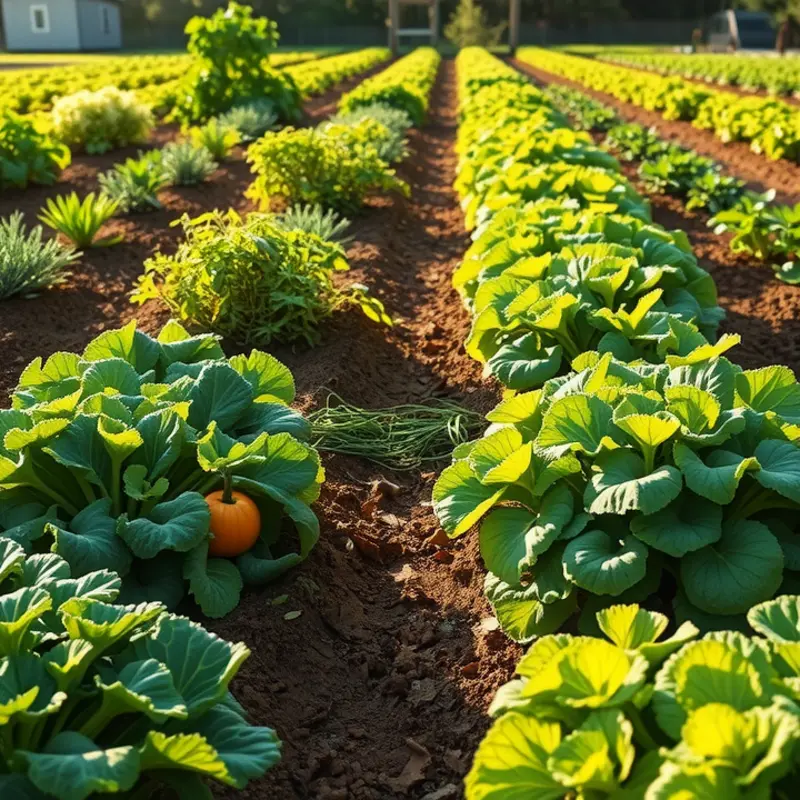Embracing a diet without sugar doesn’t mean compromising on the joys of baking. With sugar-free baking chocolates readily available, home cooks and health-conscious individuals can indulge in delightful treats without the guilt. These versatile ingredients are perfect for creating everything from cookies to cakes, ensuring that flavor remains uncompromised. Discover how to incorporate them effectively in your kitchen with easy substitutions and flexible baking solutions.
Understanding Sugar-free Baking Chocolates

Sugar-free baking chocolates offer an enticing alternative for those who wish to indulge without the additional sugars. With a rise in health-consciousness, numerous sugar-free options have made their way into the market, each varying in composition and flavor. Let’s delve into the world of these chocolates, exploring their ingredients and benefits.
One of the primary components sweetening these chocolates is erythritol. This sugar alcohol is popular due to its similarity to sugar in texture and taste, offering a sweetness level that is approximately 70% that of sugar, yet with almost zero calories. Erythritol does not spike blood glucose levels, making it a preferred choice for individuals managing diabetes.
Stevia is another cornerstone in sugar-free chocolates. Derived from the leaves of the Stevia plant, this natural sweetener is far sweeter than sugar, requiring only a small amount to achieve the desired sweetness. Stevia has the added advantage of being heat-stable, making it perfect for baking without losing its sweetness.
Equally noteworthy is monk fruit, an ancient Chinese fruit that provides sweetness without the calories. Monk fruit extract is incredibly potent and often used in minimal amounts to create a sugar-like sweetness. Its antioxidants, known as mogrosides, contribute to its zero-calorie profile.
Choosing the right sugar-free chocolate can significantly enhance your baking experience. Consider the specific flavor profiles and textures each sweetener imparts. Erythritol may offer a cooling effect, which could be refreshing in certain desserts, while stevia and monk fruit tend to have a more neutral and clean finish. This delicate balance of flavors is essential for achieving the desired taste in your creations.
When integrating sugar-free chocolates into your recipes, keep in mind the texture dynamics. These chocolates often have a slightly different melting point compared to traditional chocolate. Monitor your baking temperatures to prevent any undesirable bitterness or grittiness that might emerge at higher heat levels.
Sugar-free baking chocolates not only cater to dietary restrictions but also add depth and complexity to your desserts. To successfully incorporate them, take note of each sweetener’s unique attributes. For home cooks eager to explore new horizons, understanding these nuances can transform ordinary recipes into something special.
If you’re interested in enhancing your culinary repertoire with minimal impact on your diet, consider exploring flavor boosters that don’t rely on sugar. Check out this guide that explores alternatives to amplify flavor while keeping health in check.
By making informed choices in your sugar-free chocolate selection, you can satisfy your sweet tooth and enjoy a healthier indulgence. Dive into the world of sugar-free baking chocolates and let your creations shine both in flavor and healthfulness, benefitting from the myriad alternatives available.
Easy Substitutions & Flexible Recipes

Incorporating sugar-free chocolates into your baking doesn’t mean sacrificing flavor or texture. It opens up new opportunities to elevate your culinary skills. Simple substitutions can transform classic recipes into healthier versions without compromising taste.
One key step is adjusting measurements when using sugar-free chocolates. Traditional chocolates often contain sugar, which contributes to both flavor and bulk. Sugar-free chocolates commonly use alternative sweeteners, so consider decreasing the amount of other sweet ingredients in your recipes. For instance, when baking brownies, reduce the sugar by a quarter and use the same amount of sugar-free chocolate as regular chocolate for a moist, rich texture.
Enhancing flavor in sugar-free baking requires creativity. Incorporate natural flavor boosters like vanilla extract, a dash of espresso powder, or a pinch of sea salt. These ingredients enhance cocoa flavors and create depth in desserts. When baking chocolate chip cookies, a teaspoon of vanilla extract can profoundly emphasize the rich chocolate notes, making your cookies irresistible.
Creating flexible recipes suitable for sugar-free chocolates involves understanding the characteristics of your ingredients. Not all chocolate alternatives are created equal, so experiment with different brands to find your favorite. The melting points, sweetness levels, and cocoa content can vary, affecting the outcome of your baked goods.
Adapt classic recipes by experimenting with flour blends to complement sugar-free chocolates. For a gluten-free option, consider almond or coconut flour. These flours pair well with chocolate, providing a distinct texture and nutty flavor. Substitute a portion of your all-purpose flour with these alternatives for a delightful twist on your traditional chocolate cake.
When concocting your mixes, maintain the right balance of wet and dry ingredients. Sugar-free chocolates might not alter the moisture content as sugar does, requiring attention to liquid proportions. Experiment by slightly adjusting your milk or oil amounts to achieve the desired consistency.
Don’t shy away from incorporating functional ingredients for added nutritional value. Adding nuts, seeds, or even grated zucchini can enhance the nutritional profile while maintaining a delicious taste. Try adding walnuts to your chocolate muffin batter for an extra dose of healthy fats and protein.
Lastly, explore diverse ingredient pairings that work well with sugar-free chocolates. Fruits like raspberries or cherries add a natural sweetness and slight tartness that pairs harmoniously with chocolate, creating a balance of flavors that is both enticing and sophisticated.
For more on flavor enhancement without compromising dietary needs, you might find our guide on flavor boosters without salt useful as you explore new combinations.
With these tips, you can confidently substitute traditional chocolate with sugar-free alternatives, creating desserts that everyone can enjoy. Your journey to healthier, yet indulgent, baking starts with small steps and creative experiments.
Final words
Incorporating sugar-free baking chocolates into your recipes opens up a world of delightful flavors without compromising your health goals. Understanding the types of sugar-free options available, along with practical substitutions, allows home cooks to create equally delicious and guilt-free desserts. By replacing traditional sugars with alternatives, you can make mouth-watering treats that everyone can enjoy. The journey into sugar-free baking encourages creativity, flexibility, and a commitment to a healthier lifestyle. With these tips, you become empowered to embrace delicious, nutritious cooking.







